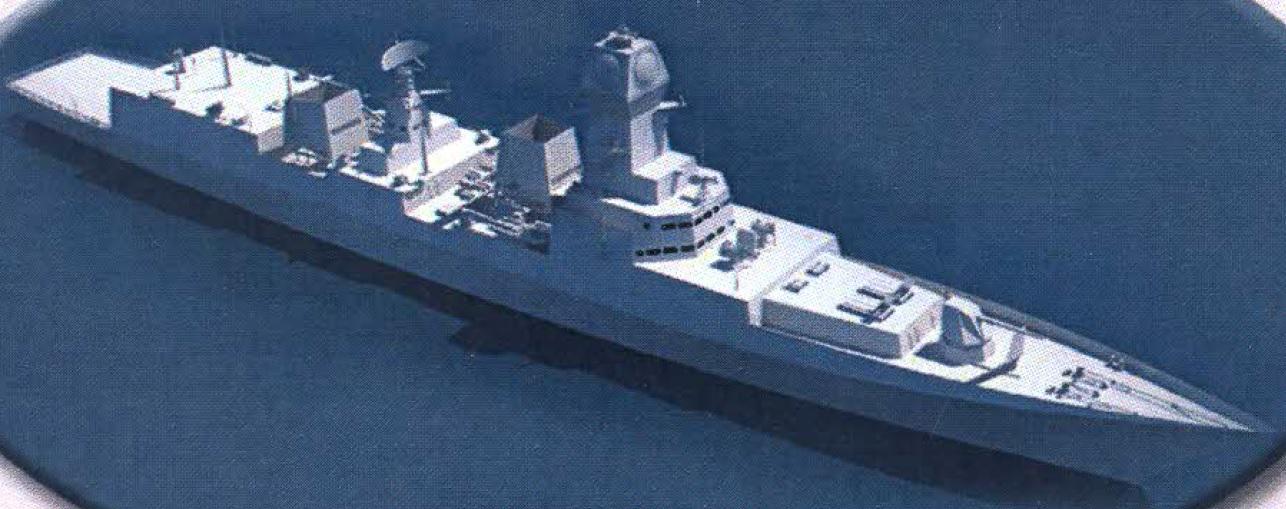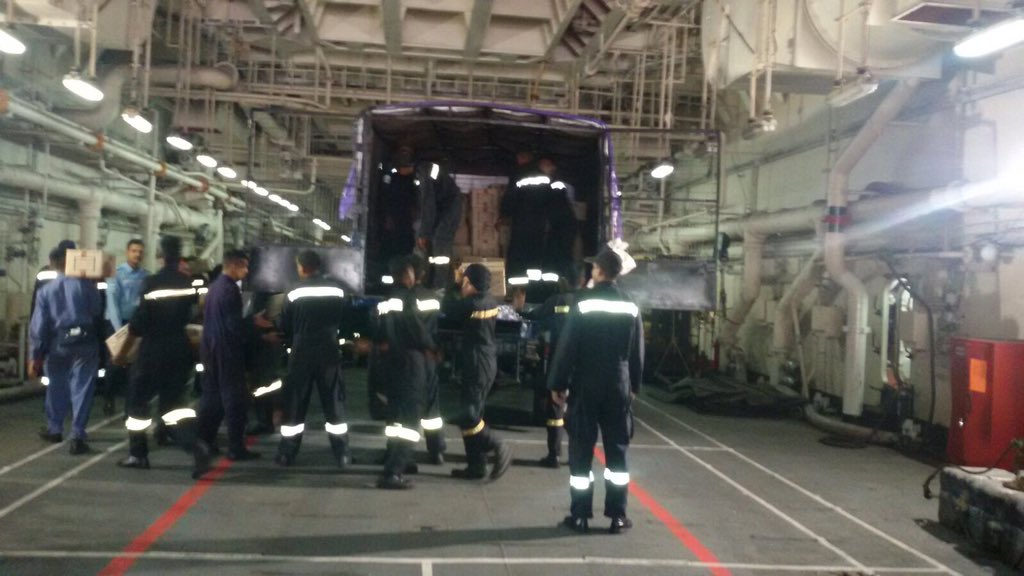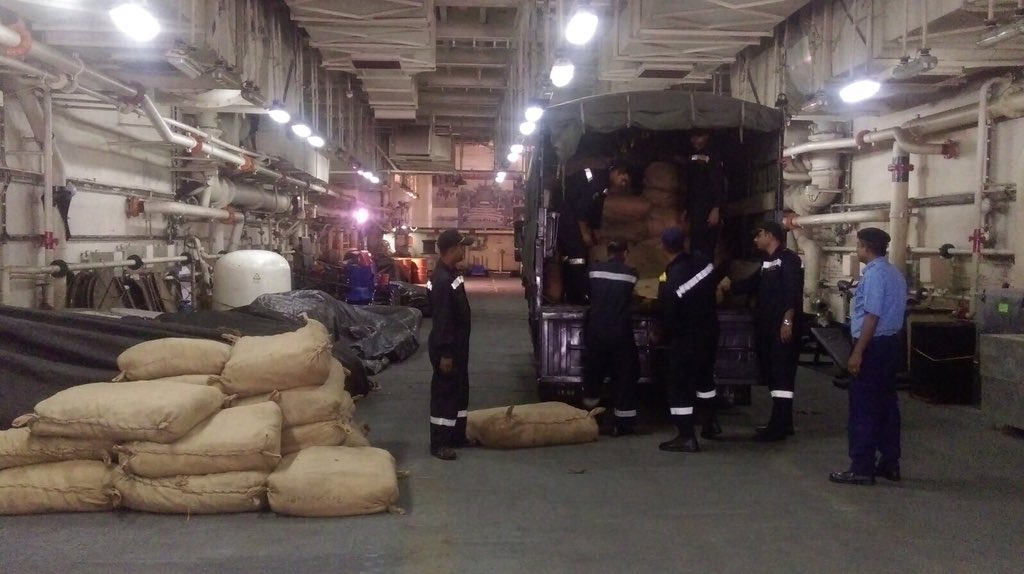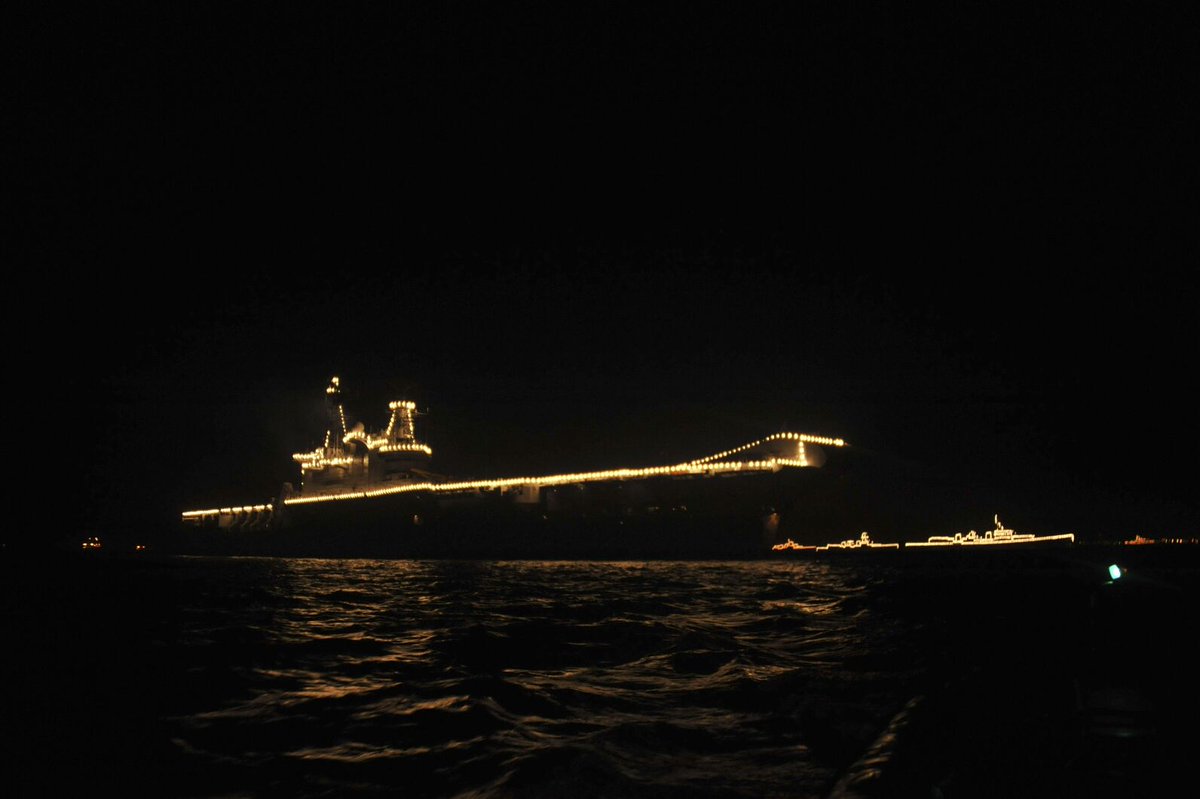IN Kilos have another trick up their sleeve,the indigenous sonar spoken of.Had the legendary naval genius Paulraj stayed in India-a stupid babu supposedly shut down his R&D programme,we would perhaps be challenging to be the world leaders in sonar tech.Instead he pushed off to the US and reportedly has many intl. patents to his name.
What the IT v-clip has shown is that there has been considerable digitisation of eqpt,monitors,etc.,compared to the analogue displays earlier. There is a lot more that can be done.esp. with automation-the Western and Russian design doctrines differ.It would be interesting to see how the Kilos can be further upgraded.An AIP system,plug for VLS missile silos perhaps,but this would require a more powerful powerplant.Now that the Amur/Lada has overcome its teething problems,it would be interesting for the IN to compare the two,the key diff. being that the Amur has a single hull unlike the Kilo. The double hull may be a key factor why the Kilos are so quiet.An AIP system though would further enhance its deadliness.
Since the IN had 10 kilos at one time,we now have 9,it would be worthwhile to acquire 2-3 more new Kilos to augment numbers at very reasonable cost,esp. if this venerable design can hold its own against modern US attack subs.How it fares against say a U-214/U-216,compares with the Scorpenes and the Soryus will be very difficult to fathom,Scorpenes yes-since we are to operate them from next year. Since our principal enemies are Pak and China,who also possess earlier Kilo subs ,French Agostas,and Chinese Kilos clones ,the latest upgraded Kilos in the IN should not have too much of a problem in dealing with them,but we lack the numbers.A min. of 24 conventional/AIP boats plus our two classes of N-subs is essential to deal with the Sino-Pak JV.
http://indiatoday.intoday.in/story/in-u ... 33506.html
A desi report on the LS-SAM,Barak-8,but the report from the Israeli media posted should be taken as more accurate,as it gives a higher range (150km) for the missile.There are probably a few versions which differ mainly in range,from a min of 80KM to 150KM.
http://www.tribuneindia.com/news/nation ... 63998.html
Missile will ramp up naval warship potency
Ajay Banerjee
Tribune News Service
New Delhi, November 27
The long-range surface-to-air missile that has been successfully tested against a flying target from an Israeli warship will be the main stay of the Navy in the year to come.
The missile has a range of 80 km and height ceiling of 16 km. It will have the ability to simultaneously engage 12 targets with 24 missiles.
The DRDO is tasked with producing the propulsion rocket system, thrust vector system and certain other components.
The Israel Aerospace Industry (IAI) has built the seeker and the last stage avionics.
Once the missile is okayed, frontline Indian warships will carry it. Fifteen warships, including the Vikramaditya and under-construction aircraft carrier Vikrant will have these. It’s easier to fit the missile on under-construction ships. Fitting it onto the existing platforms like the Vikramaditya will be a complex procedure and it will entail some cutting through the deck, a period of eight to nine months will be needed to do this.
The test was to launch the missile from a moving warship and verify its ability to identify and kill the target mid-air while even changing course mid-flight. The missile costs Rs 2,606 crore – approximately $450 billion.*( for how many?)
This will be a generational shift over the in-use Barak 1 missile system which has been fitted on a host of naval ships, including aircraft carrier INS Viraat. The new missile guarantees protection to a ship from an aircraft or even a sea-skimming cruise missile.
Only a few missile systems offer protection to ships against aircraft and very few can stop sea-skimming cruise missiles. A sea-skimming missile is difficult to detect.







